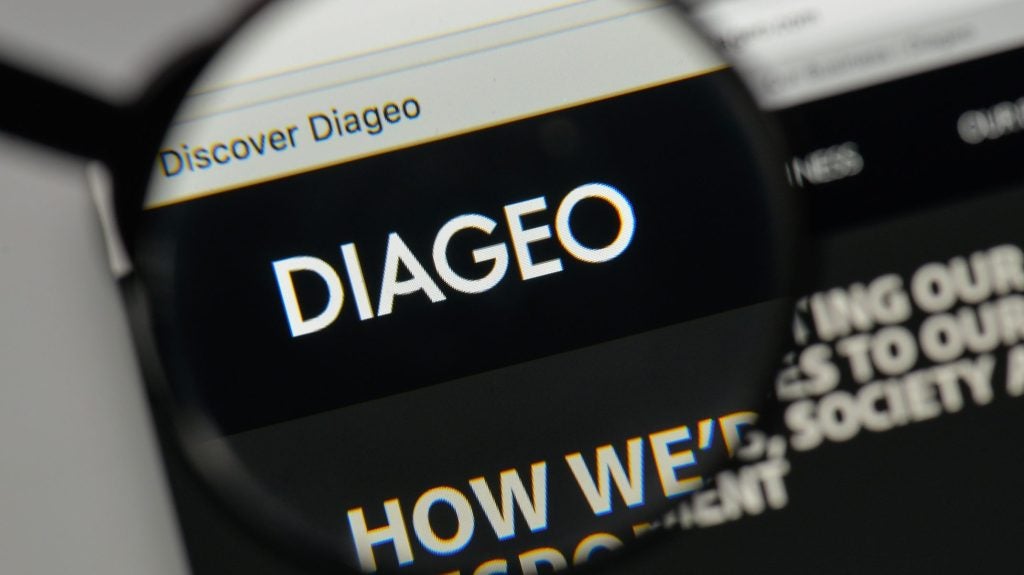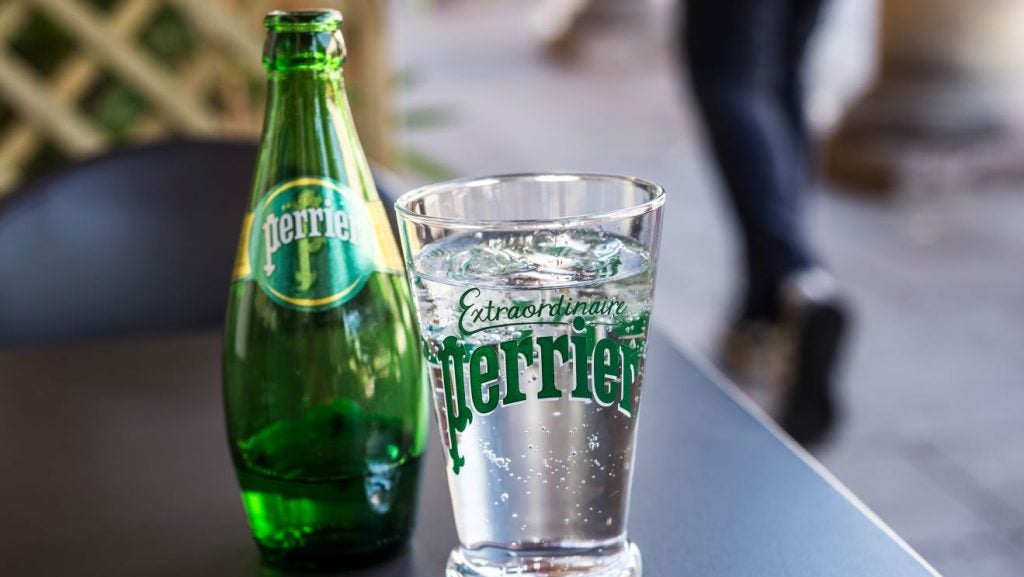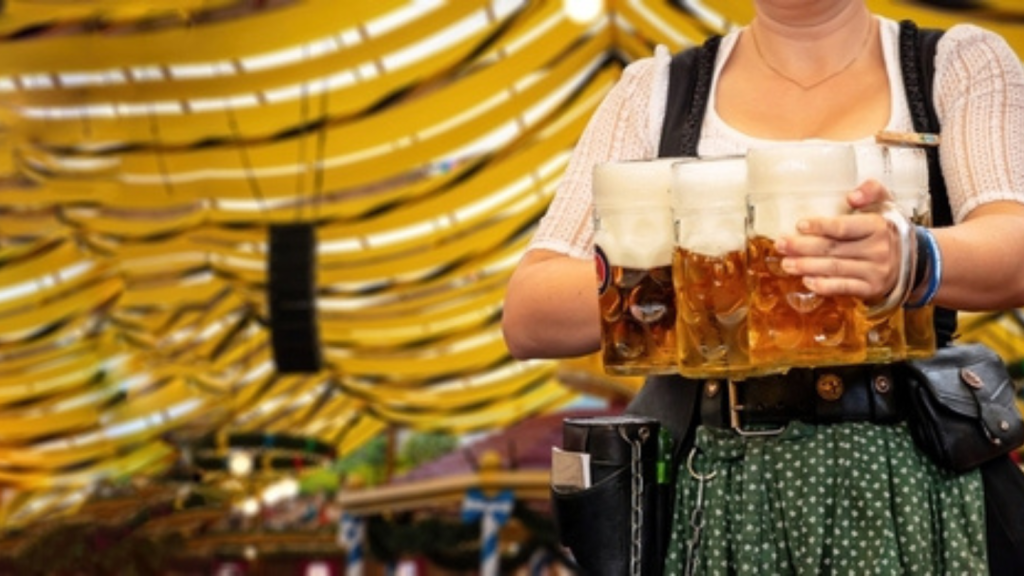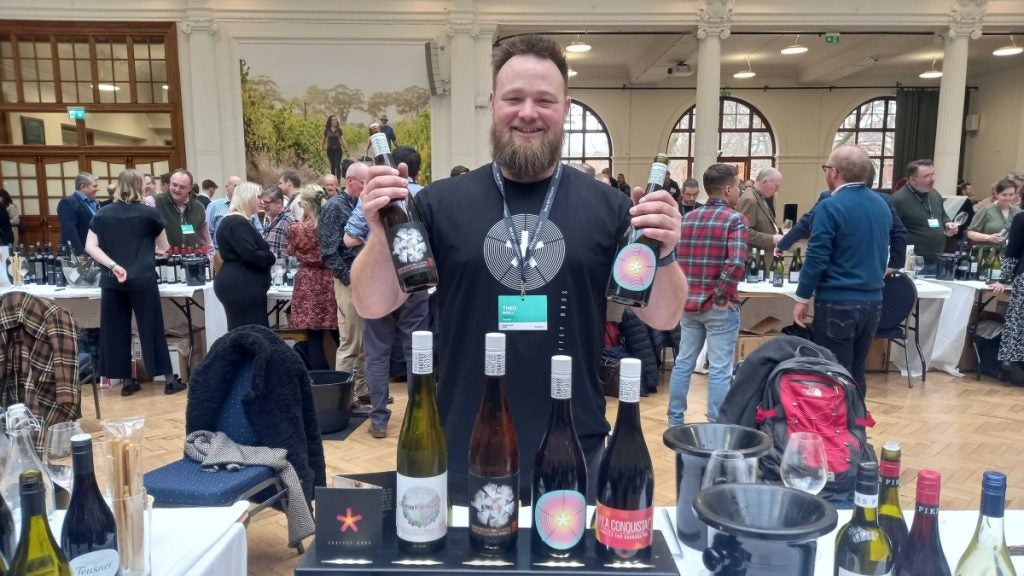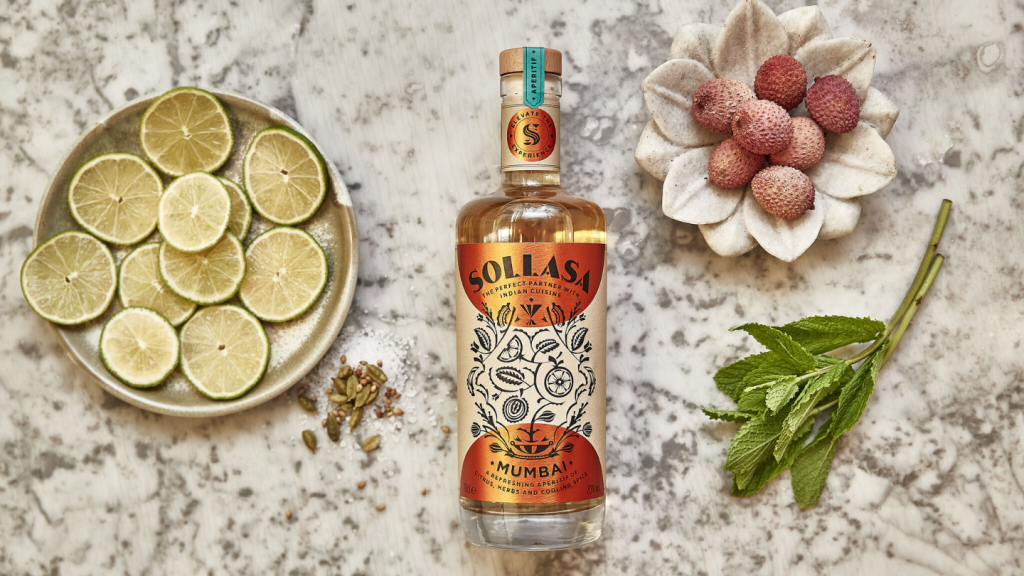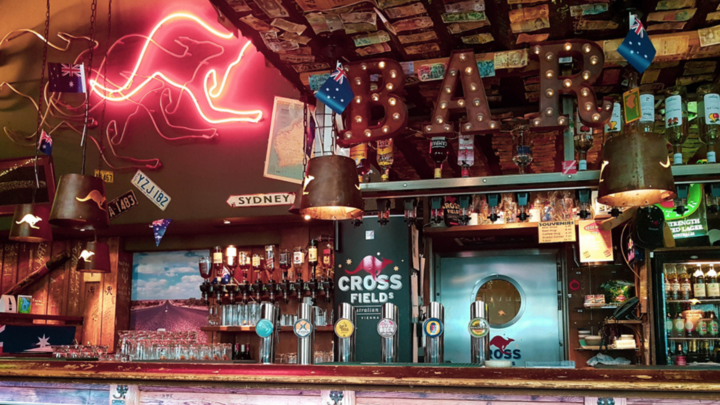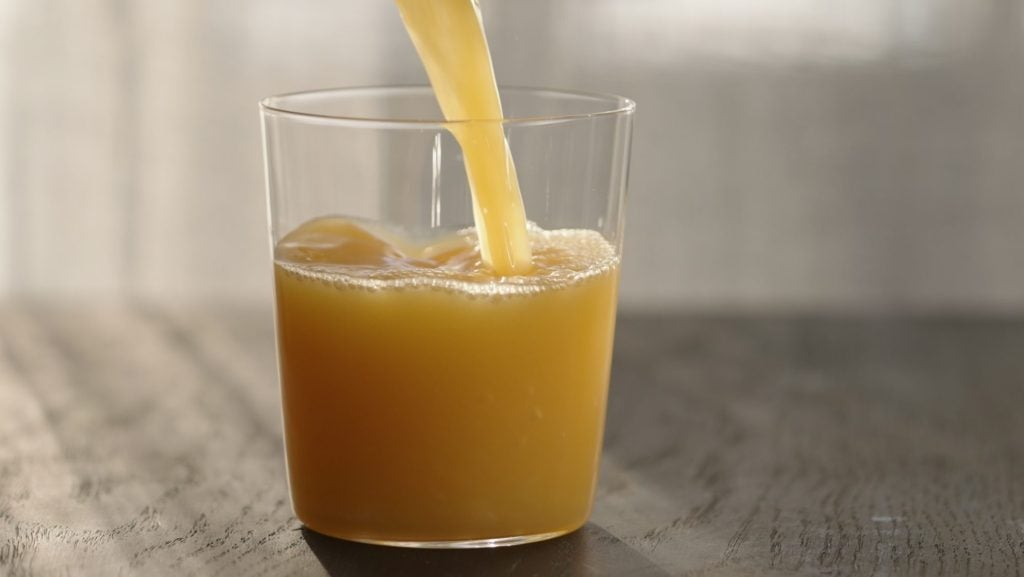On 30 January 2020, the WHO declared a global health emergency after thousands of people in China became infected with what was then known as the 2019 Novel Coronavirus outbreak. In early 2024, the shadow of the Covid-19 pandemic continues to be cast, not least over Diageo’s H1 fiscal 2024 results, announced four years to the day after that grim WHO pronouncement.
The immense disruption to consumer behaviour and supply chains during Covid continues to send reverberations through the beverage alcohol marketplace, with the pace of shipments and depletions resembling a frantic cardiograph – recently and most obviously in Latin America but also in the US and beyond.
There isn’t much of Diageo’s considerable and impressive portfolio that hasn’t been affected, and affected negatively, by recent events. Agave spirits – that reliable cash cow that has been delivering jaw-dropping revenue and profit growth for years – has stalled now. Even if we allow for overstocked inventories, the boom in its current form is most definitely over.
The company’s reaction to this development reminded me of a statement made by the late Ivan Menezes when he was running Diageo almost five years ago. Asked about the internationalisation of Tequila’s appeal, he was notably downbeat, observing that taking the Mexican spirit around the world would be “a ten-year journey”.
Well, we’re about halfway through that timescale, and there’s been a bit of progress. Sure, the US and Mexico continue to account for about 85% of category volumes, but the deceleration in the US is prompting brand owners to lift their gaze and contemplate the potential of markets across the Atlantic (and the Pacific).
Let’s be clear: Tequila is tiny outside North America and, even where it is gaining traction – such as in the UK – the shift to higher-priced, 100% agave products entails short-term volume losses at the lower echelons of the pricing pyramid.
Nonetheless, Diageo reported Tequila sales outside North America and its combined Latin America & the Caribbean (LAC) region more than doubled in its first fiscal half; organic net sales in Europe up by just over 80%, driving 19% of regional growth; in APAC, driving 13% of regional growth. Palomas and Margaritas all round!
“We talked about taking Tequila around the world and we are seeing it’s a very versatile liquid,” Diageo CEO Debra Crew told analysts after the H1 results presentation. “In Asia, most of the growth was really around [the premium product] Don Julio 1942 … We’ve tied in with various DJs and it really has resonated in that kind of pop culture.
“That’s very different to if you were hanging around southern Europe over the summer; you couldn’t help but trip over a Paloma cocktail.” Sounds messy, but promising.
This is happening, at least in part, because Diageo is investing behind the category in a way that was – perhaps understandably – not happening at the height of the US agave boom. I’d argue that that’s the perfect time to build alternative markets but that’s a debate for another day.
The question is: what happens next? If the US is suffering a short-term wobble linked to high inventories and temporary consumer caution, and the good times start to roll again later in 2024, will those marketing dollars be rapidly reallocated back to New York and San Francisco?
I’d hope not, and company CFO Lavanya Chandrashekar offered some apparent reassurance on that score. Discussing the increased marketing investment behind the global Tequila rollout, she added: “And that is investing for the long term. We are building a new category in these parts of the world.”
Diageo’s inventory challenge
Beyond the evolution of the agave category, the big questions during the results announcement revolved around supply chain visibility and how long it will take those inventories in LAC and the US to unwind in the months ahead. How much of this is supply chain overloading, and how much consumer downtrading and/or withdrawal? And is the latter cyclical or structural (perhaps also a question for another day)?
The simple answer is: we don’t know. Nor, for all the company’s undoubted efforts in trying to find out, does Diageo, or at least not in detail. The results announcement was led not by the usual focus on the obviously crucial US market, but by an update on LAC following that bombshell profit warning of November – and reassurances that the company is doing all it can to improve real-time visibility on where exactly its products are in the supply chain.
Beyond that, the next question is when the target of mid-single-digit revenue growth in the US will again be reached. Here, Crew was disarmingly – but also alarmingly – honest: “I am not going to predict the industry,” she told analysts. “Could that be six months? Maybe. But look: there are elections coming up and it could be 18 months as well.” Oh.
Four years on from that WHO announcement, the market remains riddled with uncertainty and volatility, not helped by the pandemic’s economic fallout and conflicts in Ukraine and the Middle East. Even in parts of the world where economies are performing relatively well, such as the US, the persistent effects of rising bills and interest rates continue to hammer consumers.
That kind of hit on disposable incomes takes time to be fully felt and its less tangible emotional impact – provoking caution, an unwillingness to spend and a quest for cheaper alternatives – can linger. That phenomenon could turn out to be more concerning than short-term worries over supply chain visibility for Diageo and for the industry as a whole.


